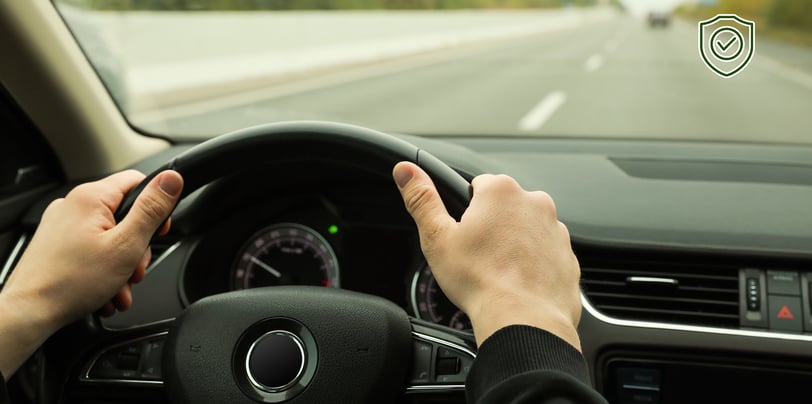Best Driving School in Prince Albert, SK
Defensive Driving: A Crucial Skill for Every Driver
Defensive driving is an essential skill that every driver should master. It goes beyond the basic rules of the road, equipping drivers with techniques to anticipate potential hazards and avoid accidents. In this blog post, we will delve into the key defensive driving techniques that can enhance your driving skills and ensure the safety of everyone on the road.
Maintaining a Safe Following Distance
One of the fundamental principles of defensive driving is maintaining a safe following distance from the vehicle ahead of you. This space cushion gives you adequate time to react to sudden stops or unexpected maneuvers. The general rule of thumb is to keep a distance of at least three seconds between you and the car in front of you. This gap should be increased in adverse weather conditions, heavy traffic, or when driving at higher speeds.
Scanning the Road Ahead
Constantly scanning the road ahead is another critical aspect of defensive driving. By keeping your eyes moving and checking your mirrors regularly, you can identify potential hazards early. Look beyond the immediate vehicle in front of you to anticipate traffic slowdowns, road construction, or other obstacles. This proactive approach allows you to adjust your speed and position in advance, reducing the likelihood of an accident.
Being Aware of Potential Distractions
Distractions are a significant cause of accidents on the road. Defensive driving involves being acutely aware of potential distractions both inside and outside your vehicle. Avoid using your phone, eating, or engaging in any activity that diverts your attention from driving. Stay focused on the road and be mindful of external distractions like billboards, pedestrians, and other vehicles. If you need to address something urgent, safely pull over before attending to it.
Adjusting for Weather and Road Conditions
Weather and road conditions can change rapidly, and defensive drivers are always prepared to adapt. Whether it's rain, snow, fog, or ice, adjusting your driving style to suit the conditions is crucial. Slow down, use your headlights appropriately, and increase your following distance. Remember that wet or icy roads can significantly increase stopping distances, so drive cautiously and be ready for sudden changes.
Being Prepared for the Unexpected
Defensive driving also means being prepared for the unexpected actions of other drivers. Assume that other drivers may make mistakes, and always have a plan to avoid collisions. This includes anticipating that a vehicle might run a red light, stop suddenly, or merge into your lane without warning. By expecting the unexpected, you can react swiftly and safely.
Understanding Your Vehicle's Capabilities
Knowing your vehicle’s capabilities and limitations is a key part of defensive driving. Understand how your car handles in different conditions, the effectiveness of your brakes, and how to use safety features like anti-lock brakes and traction control. Regular maintenance checks ensure your vehicle remains in optimal condition, reducing the risk of mechanical failures on the road.
Conclusion
Improving your driving skills through defensive driving techniques not only protects you but also ensures the safety of passengers, pedestrians, and other motorists. By maintaining a safe following distance, scanning the road ahead, staying aware of potential distractions, adjusting for weather conditions, being prepared for the unexpected, and understanding your vehicle, you can significantly reduce the risk of accidents.


